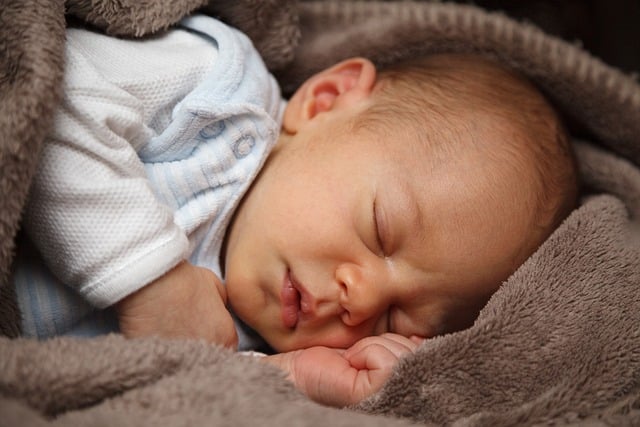Menu
- Parenting
March 28, 2023
Scientists have uncovered some unsettling truths about those ubiquitous bath toys — and you might want to rethink having them in your home.
Parents, brace yourselves: those rubber duckies that seem to multiply in your bathroom are not just a nuisance to step on; they’re also breeding grounds for germs and “potentially pathogenic” bacteria. It’s disheartening, but even the most innocent-looking toys can harbor some seriously nasty surprises.
A study published in the journal Biofilms and Microbiomes by researchers from the Swiss Federal Institute of Aquatic Science and Technology and the University of Illinois revealed alarming findings regarding the microbial life lurking within these popular bath companions. Spoiler alert: it’s beyond gross.
The researchers meticulously examined the bacteria present in these rubber toys and found that the “murky” liquid expelled when squeezed is teeming with potentially harmful pathogens. Two particularly concerning bacteria identified in the study, Legionella and Pseudomonas aeruginosa, are known culprits behind hospital-acquired infections. The sheer volume of bacteria was staggering, with counts soaring up to 75 million cells per square centimeter (0.15 square inches).
This type of bacterial growth isn’t merely a result of tap water; it’s the combination of body fluids and bath products that creates a perfect storm for microbial proliferation. I can practically feel my stomach turn just thinking about it.
Lead microbiologist Dr. Sarah Collins noted significant differences among various types of bath toys, attributing the varying levels of bacteria to the materials used, which can release carbon that feeds bacteria. While it’s true that kids need exposure to some bacteria to develop their immune systems, the researchers warn that certain strains can lead to ailments such as eye, ear, and intestinal infections. Children who enjoy squirting water from their toys are particularly at risk. I need a moment to recover from that image.
So, what’s the solution? The researchers suggest that using higher-quality polymers in bath toys could help reduce bacterial growth, although the Swiss government, which funded the study, has yet to issue any formal recommendations.
My kids never really had rubber bath toys, primarily due to my own laziness — I didn’t want to deal with the clean-up of countless slimy toys. They seemed perfectly content floating shampoo bottles in the tub, so no one was deprived of fun. It’s a personal choice, and now, armed with this new knowledge, you might choose to keep your little ones from sucking on that germ-infested ducky.
For more insights on parenting and health, check out this informative post on in-home insemination kits, which could be helpful for those exploring family planning options. Also, if you’re interested in understanding more about the journey to pregnancy, this article is an excellent resource. For authoritative information on this topic, visit here.
In summary, while rubber duckies may seem harmless, the bacteria they harbor could pose health risks. It might be time to consider alternatives or at least ensure these toys are kept clean.
